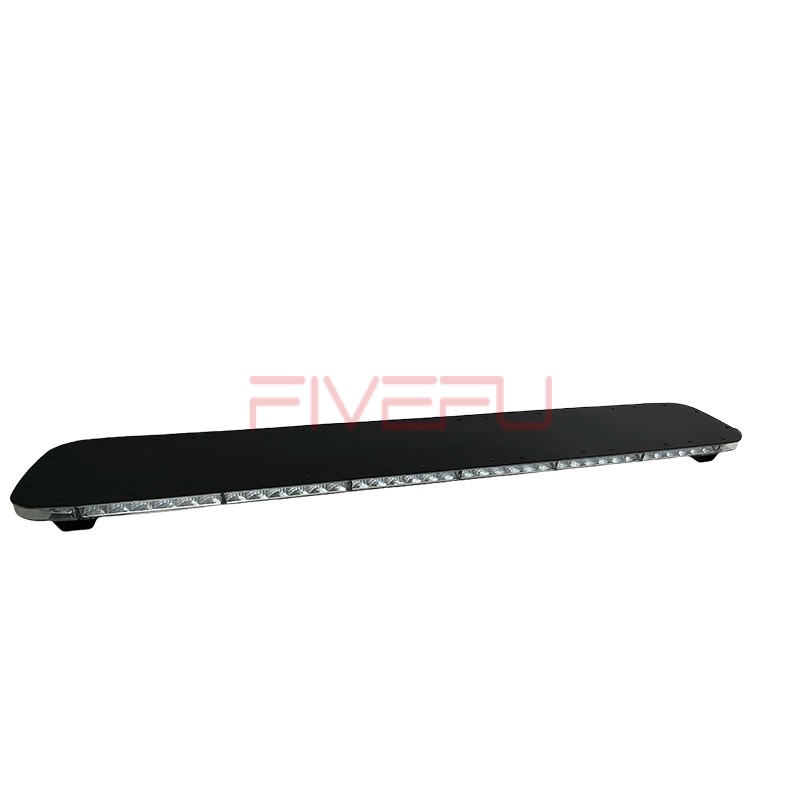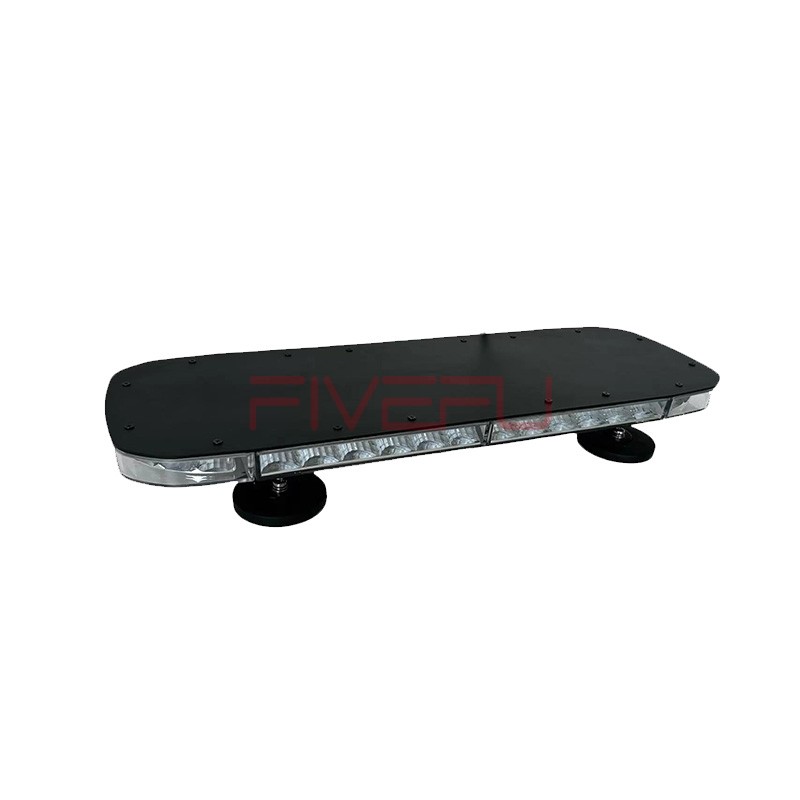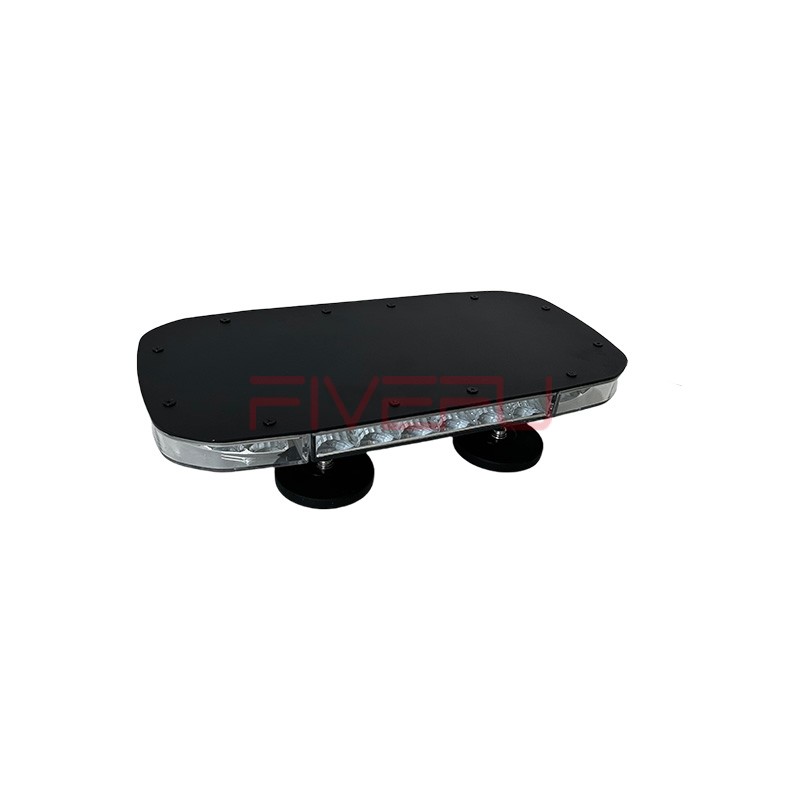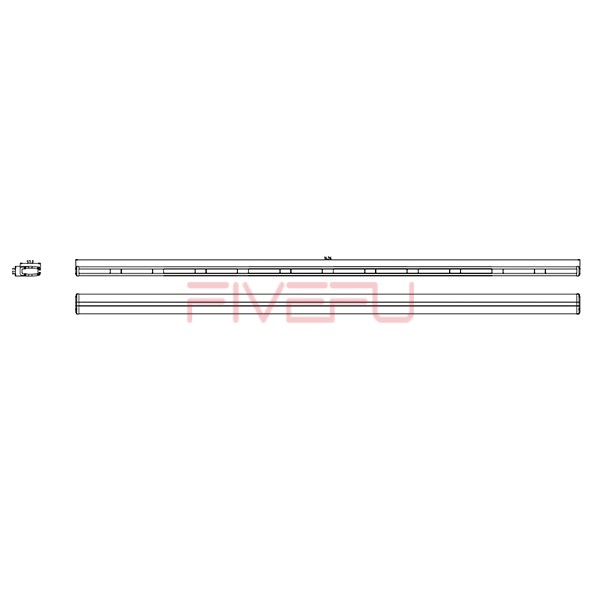Weather conditions can change rapidly while driving, and heavy rain often leads to reduced visibility. Many drivers instinctively turn on their hazard lights in such conditions, but this habit can actually cause more confusion, putting you and others at greater risk. Instead, knowing the right safety measures can keep everyone safer on the road.
Using hazard lights while driving in heavy rain can confuse other drivers and is illegal in many places. Instead, use low-beam headlights and reduce speed; hazard lights should only be used when stopped or in an emergency.
Curious what the safest practices are for driving in severe weather? Keep reading for the right strategies to stay safe.
Is It Legal to Use Hazard Lights While Driving in Rain?
The legality of driving with hazard lights on varies by region. In many countries and states, hazard lights are only permitted when the vehicle is stationary, such as during breakdowns or emergencies. Using them while driving may lead to fines and even result in liability issues during accidents. Always check your local traffic laws before using hazard signals while in motion.
Why Hazard Lights Can Be Dangerous on Wet Roads
Hazard lights aren’t meant for everyday driving, even in extreme weather conditions. When used while moving:
-
They disable turn signals, so other drivers won’t see if you’re planning to change lanes.
-
They create visual noise, making it harder for other drivers to judge your car’s speed or motion.
-
They may signal an emergency, prompting other drivers to slow abruptly, increasing the risk of collision.
In heavy rain, what you need is enhanced visibility, not flashing confusion.
What Should You Do Instead in Heavy Rain?
Here are recommended steps for safer wet-weather driving:
-
Turn on low-beam headlights (not hazard lights): This improves your visibility and makes your vehicle more noticeable.
-
Slow down gradually: Reducing speed allows more reaction time and lowers the risk of hydroplaning.
-
Increase following distance: Keep a greater space between your vehicle and the one ahead.
-
Avoid sudden movements: Brake and turn gently to maintain control on wet surfaces.
-
Use windshield wipers at appropriate speed: Too fast can reduce visibility due to streaking.
These actions help both you and your fellow drivers stay safe and informed on the road.
When Is It Appropriate to Use Hazard Lights?
Hazard lights are intended for emergency situations, such as:
-
When your vehicle is stopped due to a breakdown
-
If you’re involved in or avoiding an accident
-
When you’re pulled over on the side of the road due to an emergency
In these cases, hazard lights warn other drivers of a stationary or struggling vehicle. If you need to pull over during heavy rain, then it’s appropriate to use them.
Lessons from Traffic Experts
Traffic safety experts agree: hazard lights don’t offer extra protection while driving in rain. Instead, they often reduce communication between vehicles on the road. In fact, many states, like Florida and California in the U.S., prohibit using hazard lights unless you’re stopped or facing a dire emergency.
Final Thoughts
Avoid using hazard lights while driving in heavy rain—stick to headlights and safe driving habits instead.
Drive smart, stay visible, and keep hazard lights for true emergencies only.









